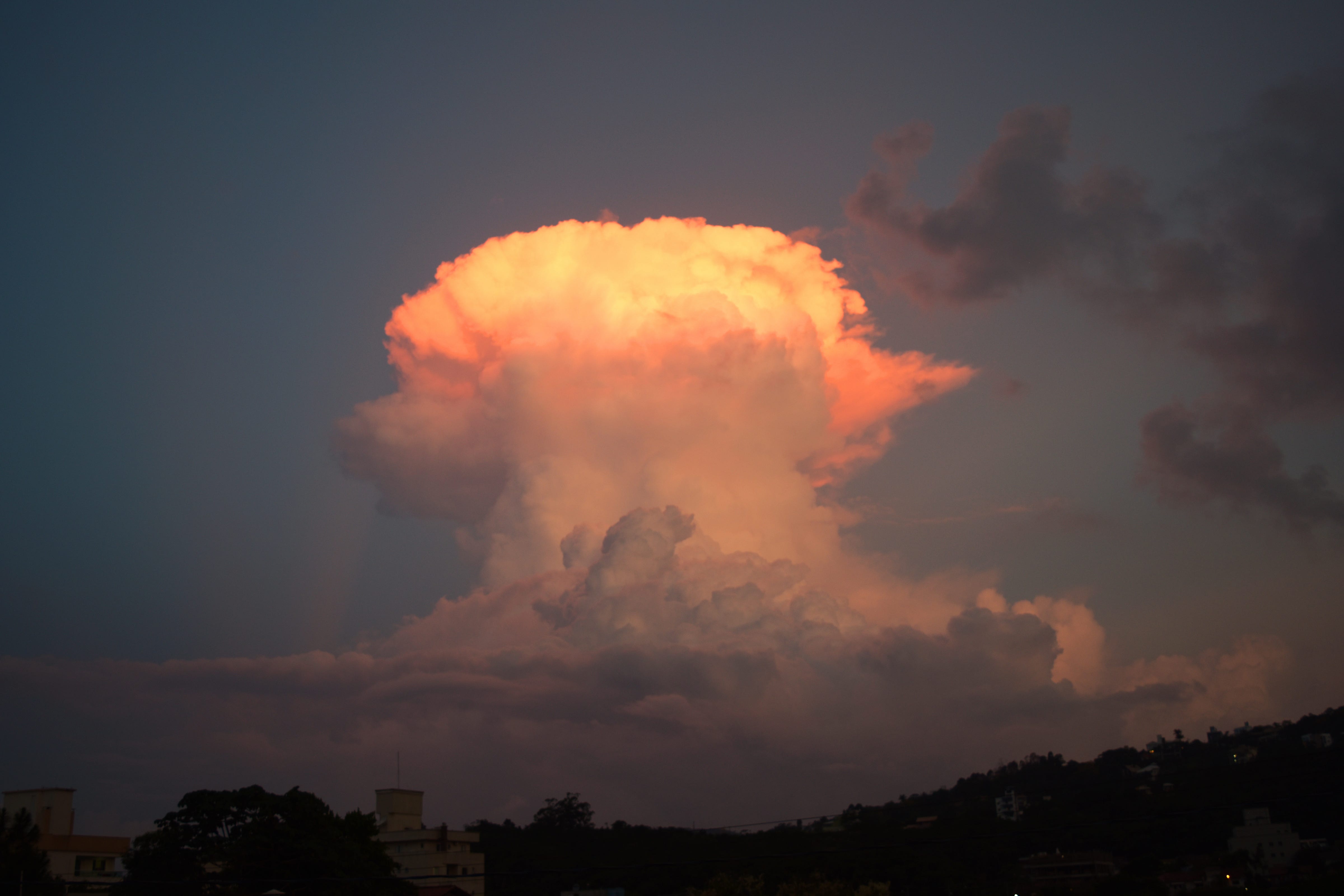
Apocalypse bunkers, spaceships, shock collars, and Navy Seals seem to be getting the most attention as I do the media tour for my new book, Survival of the Richest: Escape Fantasies of the Tech Billionaires. I suppose that’s only natural; it’s a pretty compelling hook.
But while titillating and infuriating, the story of my encounter with the tech bros who mean to escape the externalities of their own business practices may be less important than what I’ve come to call “The Mindset” leading them to think and act this way in the first place. In fact, our fascination with the catastrophes themselves (the climate disaster, social upheaval, electromagnetic pulse) or even all the ways that billionaires want to escape those possibilities (Mars colonies, uploaded consciousness, eugenics) may be a symptom of The Mindset, itself.
We are so fixated on the figure, that we can’t see the ground. We can see the subject of the picture, but not the landscape in which it is standing.
This problem lies at the heart of our tech industry’s awful and sometimes even unintended consequences on the world at large. Tech investors and the young developers in their thrall are single-mindedly focused on the mega-hit capable of delivering hock-stick returns and a home-run “exit strategy.” They may even focus on “product” but the boundaries around it are pretty sealed.
They don’t appear to have the desire or ability to consider the world in which the product is operating or the people it affects. The users, workers, and environment impacted by the technology or business are understood as “externalities.” The children mining for rare earth metals or assembling phones, the indigenous people downstream of the silicon chip factory, the exploited workers, the objectified teens….these are all just part of the environment. Background.
It’s an old problem. “In the beginning, all the world was American,” explained Enlightenment philosopher John Locke, describing the pre-civilized “state of nature.” The Native American was to be understood as part of that landscape, no different than “one of those wild savage beasts with whom men can have no society or security . . . and . . . therefore may be destroyed as a lion or tiger.”
Such features of the landscape only become important when they step into the frame as figures. Threats. Existential risks. Then they become the subjects of the story, and worth our attention.
And while we can rightly blame the wealthy conquistadors, colonialists, industrialists and venture capitalists for having operated in this way, we may have to acknowledge that this inability to notice anything but figures could be stymying our responsiveness to conditions on the ground.
Sure, we are more than ready to bemoan the catastrophes we see on the screen. Once we have a name or face on the problem, we are ready to grab the pitchforks. Trump, Climate Catastrophe, War in Ukraine, Uvalde…each one has its own cable news graphics and orchestral theme. In such imagery we find a focus, a name, a figure to encapsulate and symbolize our anxiety.
This is what Stanley Kubrick was getting at in his brilliant _Dr. Strangelove or: How I Learned to Stop Worrying and Love the Bomb._The movie ended with dozens of film clips of atomic mushroom clouds, as if to tell us that we’re looking in the wrong place. It’s not the bomb that’s the problem so much as the society and systems pushing us toward self-destruction.
Yes, climate change, authoritarianism, Covid, and billionaire bunkers are real and present dangers. But they are just the figures, the immediately recognizable condensation of trauma and harm. They are oddly reassuring, because they reduce widespread generalized sensations of fear and dread into single nouns we can point at and blame or bemoan. And they are great for getting immediate if sensationalized attention to a chronic problem.
But they are not the real causes of our collective woes so much as the results, the symptoms, or even the scapegoats. Donald Trump didn’t cause the MAGA movement; he jumped into a cultural standing wave and became its _figure_head. Covid isn’t the lethal threat to humanity; the real threats are the social, environmental, and industrial conditions that promote new pandemics. Likewise, forest fires, droughts, and heat waves are easy to show on TV, but the conditions and unacknowledged mindsets precipitating such calamity are more like an environment or landscape than a thing with a name.
The catastrophic “event” for which the tech billionaires are preparing — the apocalyptic moment they are envisioning or even fantasizing about — is already occurring. We are soaking in it. It is not a figure, it is the ground.
I’m convinced that being able to read whole books, engage in extended conversations, or sit through whole plays gives us more of a chance to move beyond the frightening figures to the collective ground in which these crises are germinated.
We are not the figures, we never were. We are the landscape. Only a billionaire could convince himself he’s the subject of the story.
(And no, that’s not an atomic bomb in the picture above. It’s a mushroom-shaped cloud formation.)